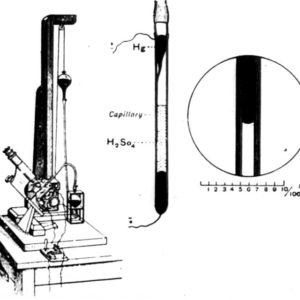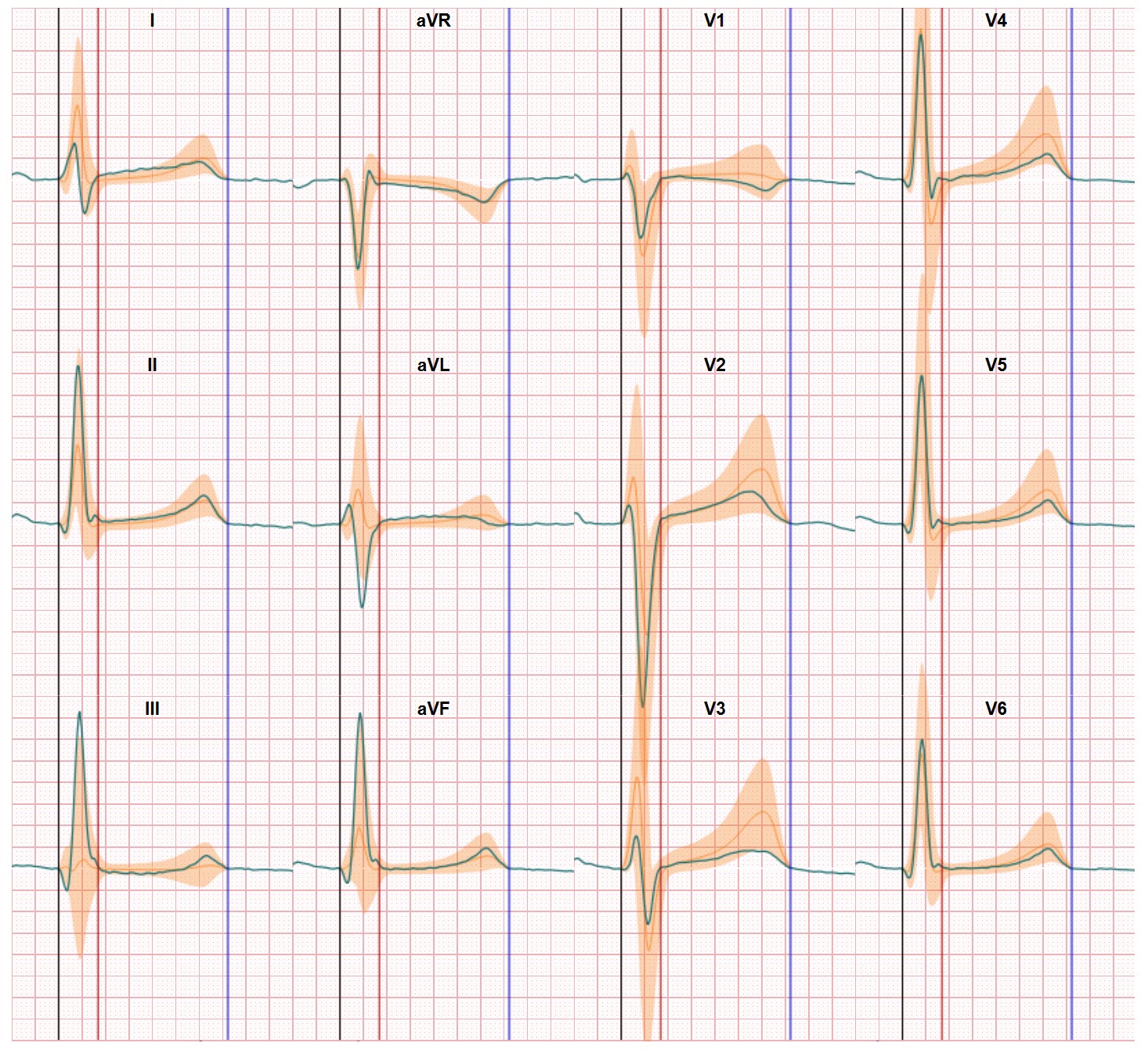As a team working with the electrocardiogram we are daily focused on understanding the human heart and its electrical performance. Being Dutch we feel proud to follow the footsteps of Professor Willem Einthoven from Leiden University who brought the ECG technology to live in 1911. But when you take a deeper dive in the history of the Electrocardiogram we noticed there are much more scientists and physicians who should be credited. A great overview of the history of the electrocardiogram and understanding the human heart has been written earlier by Mike Cadogan and the information he collected takes a back to the 18th century. Some 140 years before Einthoven introduced the ECG.
Understanding the human heart electrical nature
As early as 1775 the Danish physician (and veterinarian) Abildgaard discovered the impact of an electrical shock to the body of a chicken which was considered lifeless. The animal responded, became active again and to the bewilderment of Abildgaard the beast even was able to produce eggs later on.
A decade later the Italian obstetrician, surgeon an anatomist Galvani experimented with electricity and frogs and noticed the response of the body muscles on electrical impulses. Both experiments laid the groundwork of understanding the relationship between muscles and electricity. But the next challenge was to develop instruments to record and study electrical processes in the human body.
It took almost a century (1873) before the electrometer was devised by Gabriel Lippmann. This instrument used two electrodes which placed on the body of a person could register the electrical potential differences between the two points on which the electrodes were placed. The difference was made visible in small tubes containing mercury and acid. The expansion of the mercury due to an increase in electrical voltage was the first method to visualize the changing voltages in the heart during an activation and recovery cycle of the heart.

And this is exactly what Luigi Luciani demonstrated when he was working in the Carl Ludwig laboratory in Leipzig. Luciani identified what he called cardiac group beatings and noticed that the voltage changes reflected a regular rhythm. And this finding was picked up and elaborated by Wenckebach who took the Luciani findings to explore the early signal of what was later identified as the ECG pattern.
This happened fast and parallel some 150 years ago and the understanding of regular electrical impulses apparently generated by the body was extended by noticing there were two serial processes in the rhythm. Galabin was the first to demonstrate there was a small hick up in the rhythm process. Today we know this is caused by the small moment of slowing down the pulse in the Atrioventricular block between the small and the large heart chambers.
Introducing the ECG concept
And again a decade after all these parallel findings Augustus Waller defined and demonstrated the first Electrocardiogram. In 1887 he used the mercury based electrometer to show the tracing of the human heart recording. And Professor Einthoven was present during this experiment at St. Mary’s Hospital in London.
All these great humans are to be credited for their insights and ambitions in understanding of the human heart. As a team dedicated to move the ECG finally to the digital age we look back in amazement of all this achievements. And we look forward to continue the journey of understanding the human heart. Because there’s still much more to see in the ECG. In a future blog we will continue the journey into the history of the ECG.






